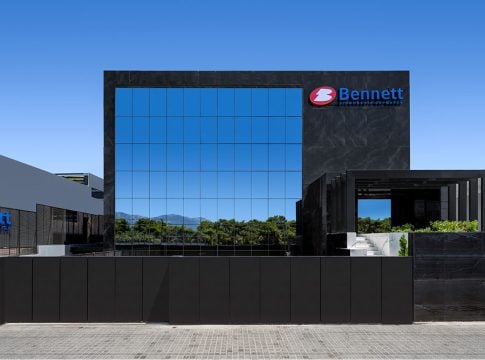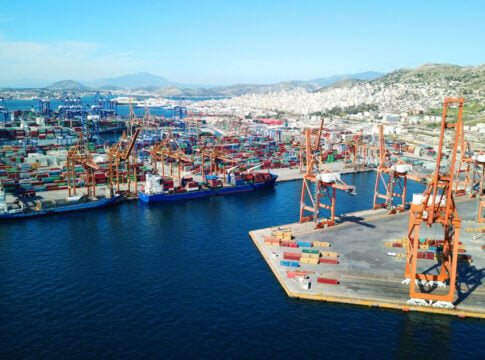Consumer trends and the food industry will continue to be affected by “long-term” stagflation. For both industry and consumers, high prices define their budgets.
The signs for the future are not prosperous in terms of price de-escalation, as the issue of food sufficiency is reportedly now dominating the markets, already making the food sector a premium asset in the eyes of investors and hedge funds.
Prices will not drop
According to the general manager of IOBE and professor at the Athens Economics University, Nikos Vettas, “we should probably… get used to the increased prices.”
The food market has global characteristics and, like all markets, operates in terms of supply and demand. And as urban populations grow rapidly in regions such as India, China and Africa, so does the demand for more and better-quality food. At the same time, the supply is increasing, but not in proportion to the demand, due to the uncertainties that exist and the high cost of adapting to the green transition.
“For this reason I believe that global food prices on average will not decelerate. It’s something we’ll have to get used to, because demand will rise more than supply. I don’t think we will be talking about inflation close to 5% or 10%, but we are talking about inflation that, even in food, will have nothing to do with what we have become accustomed to in the last 10-15 years. Until we see negative inflation, prices will remain where they are,” Vettas noted.
In this environment, he believes that the best management strategy from the industry point of view should focus on the field of exports and investments to create economies of scale.
“In order to be able to have better quality products at lower prices, the way to do this is to systematically develop the supply side, with new investments, on a larger scale, because now our country has a small internal market, so as long as the more you can export, you achieve economies of scale both in production and in the purchase of raw materials. If you manage these things, you can weigh the cost down, and through competition, because competition is always very important, we will gradually see prices falling.”















